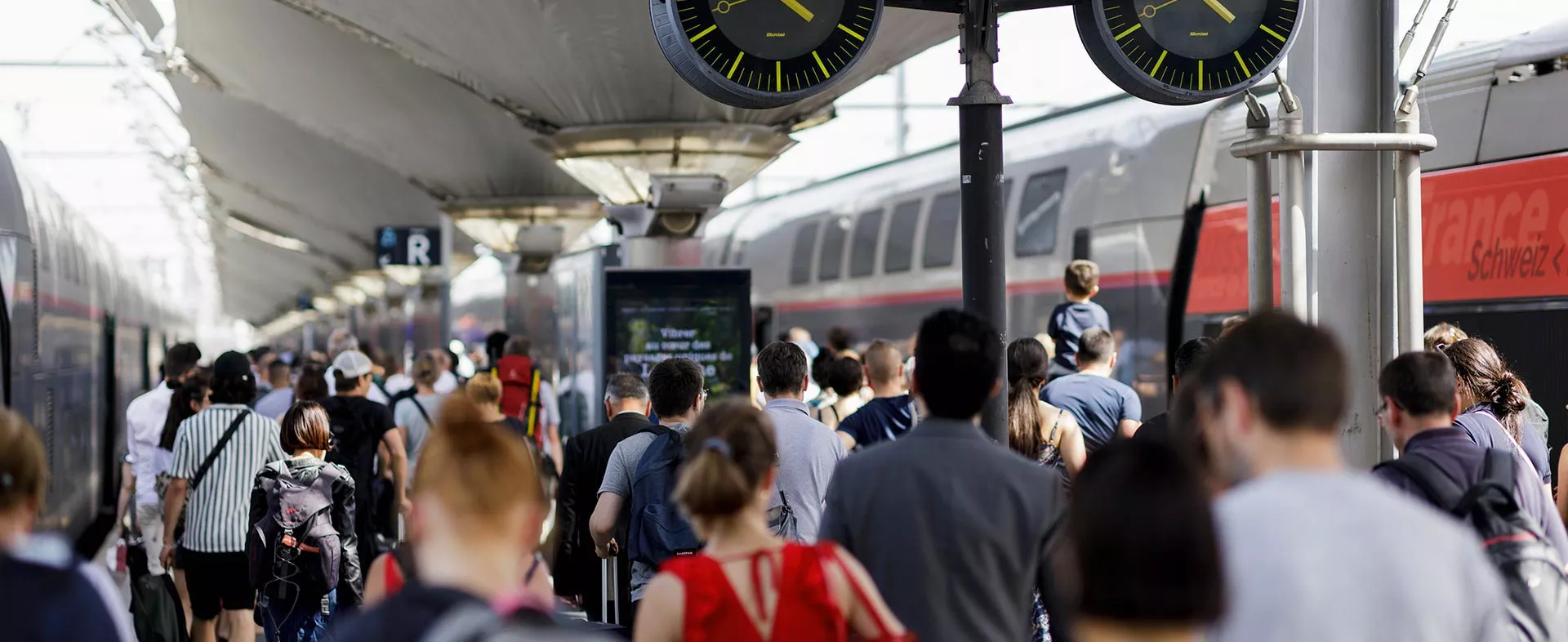
Dangers on the track
Did you know that a train travelling at 100 km/h needs one kilometer to stop? Getting too close to the tracks puts passengers in danger and can disrupt rail traffic for everyone. Find out what we’re doing to warn the public and keep trespassers out.
3 critical dangers
Never approach railway tracks without express instructions from an SNCF employee. The tracks present several dangers:
- You could be hit by a train
- The blast effect from a passing high-speed train can knock you off your feet and pull you towards the track
- Electrocution is an ever-present danger. Catenaries are always live, and they carry 1,500 volts of direct current or 25,000 volts of alternating current. That’s 100 times stronger than household electricity, and it can be fatal.
The dangers of the blast effect: Jamy explains it all
Did you know?
Keep your wits about you
Preventing accidents means:
- always following the safety guidelines in stations,
- crossing the tracks only at protected crossings,
- never entering an area that is off limits to the public.
If necessary, we call in law enforcement or Railway Security officers to remove trespassers. Railway Security (Surveillance Générale, or SUGE) provides protection, assistance and security for passengers and SNCF personnel across the entire French network.
Help prevent delays
When a trespasser is spotted near the tracks or in the “danger zone”, our operations centres instruct trains in the surrounding area to slow down. These precautions naturally cause delays in the affected area.
An ounce of prevention
We are strengthening facilities in the field to protect people from danger:
- Alerting the public with traffic signs and illuminated pictograms near each danger zone
- Reducing the number of intersections with level crossings
- Making level crossings safer by replacing them with elevated and underground walkways, which nonetheless require significant investments
- Installing wire fencing and other barriers near level-crossing access points, at stations near schools, and in dense urban areas
Share the article